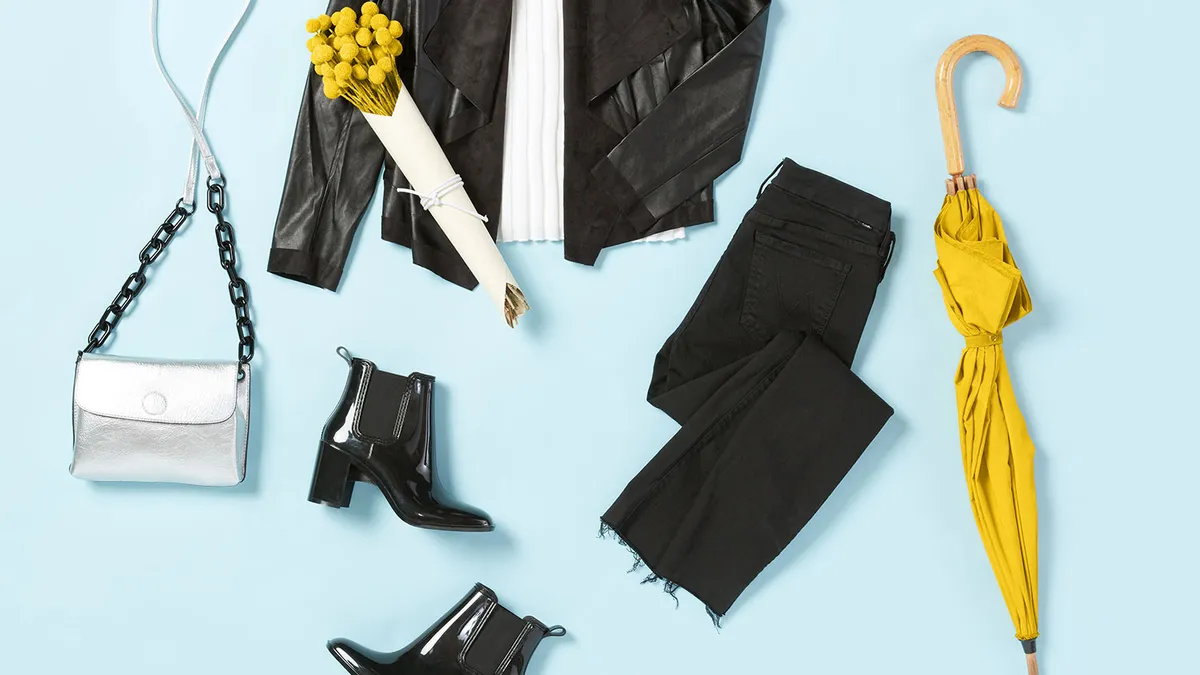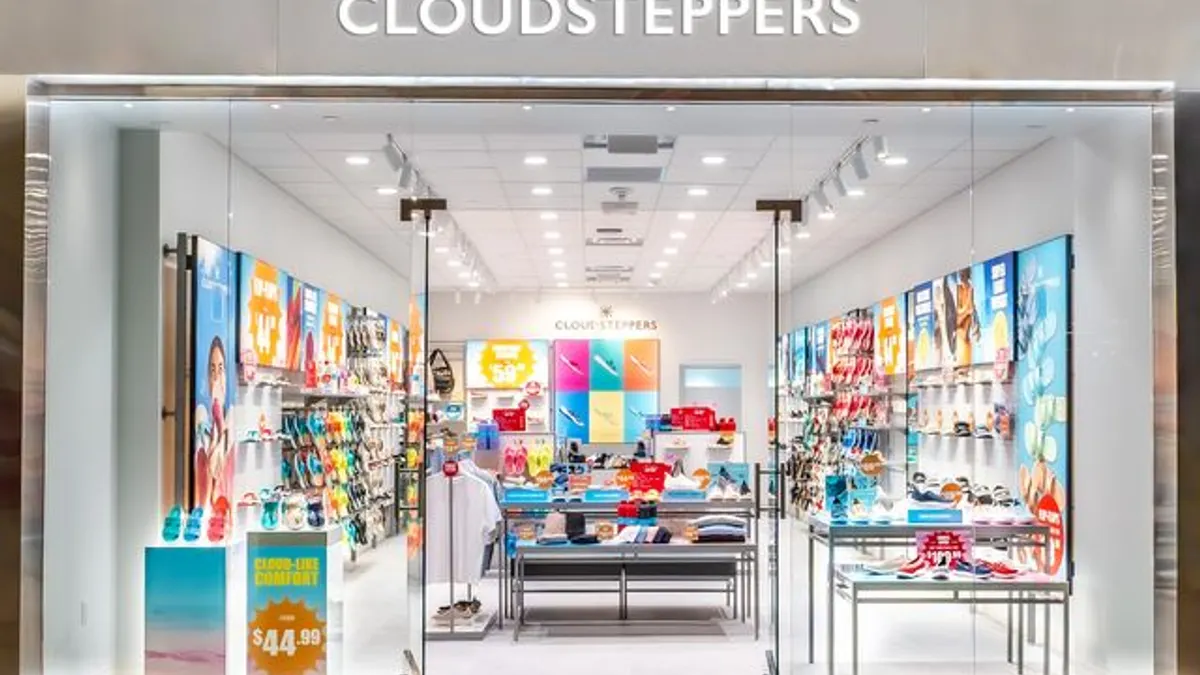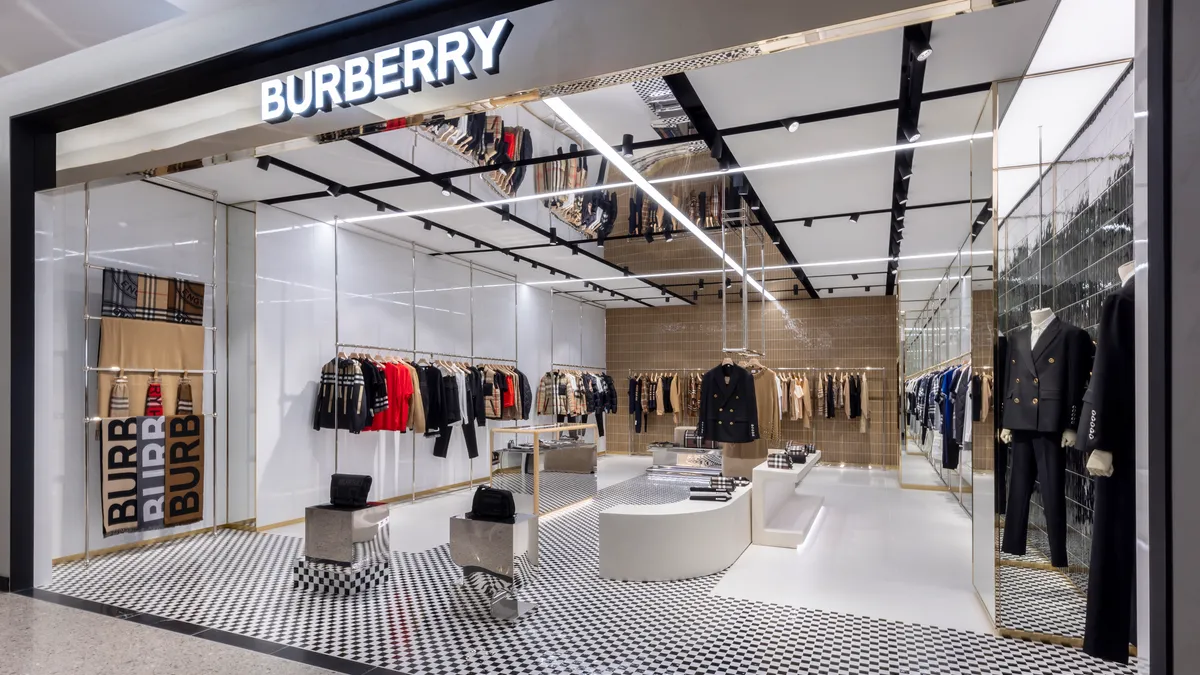Fashion aims to give consumers a reason to buy clothes beyond the need to cover up or stay warm, and retailers have tried all sorts of ways to coax people to try things on — and buy. One way lately is to send customers a box of clothes through the mail and hope they keep them.
That sounds bold, but it's the essential proposition behind Stitch Fix, Trunk Club and a handful of other companies. Shortly after the Great Recession, this online sales model — promising a perfect marriage of technology and human fashion expertise — caught the attention of consumers and investors alike. The approach entails gathering information like preferences, size and budget via style quizzes, as well as from purchases and returns, and engaging human stylists to foster personalization not possible by bot.
A number of companies are still in this business, and all operate much the same way. Stitch Fix and Stylogic charge a $20 "styling fee" per box, which is applied to anything a customer buys, while Trunk Club charges $25, but waives it for Nordstrom cardholders. Those services allow subscribers to get boxes as often or as seldom as they wish.
Men's-focused apparel company Menlo Club charges $60 a month for two or three pieces of clothing from its family of brands, while Trendy Butler charges $65 a month.
"Our philosophy is that leveraging the best of both worlds, allowing machines and algorithms to do what they do best and combining those capabilities with what humans are best at, deliver better client experiences and a more scalable business than either element could deliver alone," Stitch Fix founder and ex-CEO Katrina Lake told analysts during the first call as a public company in 2017.
It's not turning out to be a great way to run an apparel business, however.
"Allowing machines and algorithms to do what they do best, and combining those capabilities with what humans are best at, [delivers] better client experiences and a more scalable business than either element could deliver alone."

Katrina Lake
Stitch Fix Founder, ex-CEO
Indications that this was a less-than-ideal setup came in 2017 when, three years after buying Trunk Club for $350 million, Nordstrom took a $197 million write-down on the business, forcing a $10 million third-quarter net loss. The department store had already attempted to improve the model by opening the service to women, instituting that $25 fee per box and shortening its return window.
More recently, Trunk Club no longer has its own stylists. Instead, Nordstrom stylists, working virtually and in stores, now also work with Trunk Club customers.
"This change simplified the customer experience by reducing duplication and creating more consistency across our services, loyalty benefits, inventory availability and product recommendations," Trunk Club spokesperson Caroline Mattingly said by email. "It also gave Trunk Club customers access to more merchandise than ever before."
Not long after going public, Stitch Fix embarked on a series of changes — culminating last year in a new CEO, dramatic upheavel in its stylist ranks and, finally, the opening of its website to also conduct old-fashioned, run-of-the-mill e-commerce (without boxes, stylists or styling fees). In its first months of operation, that new business, dubbed "Freestyle," is selling more items like footwear, dresses, outerwear, sleep and loungewear, and accessories than the curated boxes do, new CEO Elizabeth Spaulding told analysts in December.
"Today, these categories represent $90 billion in the U.S. women's market alone and demonstrate an opportunity ahead of us," she said during the company's first quarter conference call. "In fact, footwear, accessories and dresses together saw an over 50% increase year-over-year in Freestyle, which is five times the rate of growth we see in Fixes for the same categories in the same period."
While Stitch Fix and Nordstrom are coming to terms with the limits of apparel box retail, others have thrown in the towel. Last year, ThredUp and Frank & Oak ended their similar services. ThredUp CEO and co-founder James Reinhart said that while the company's "Goody Boxes" contributed $2 million to $3 million in revenue each quarter, they also slowed down its warehouses and "were proving difficult to scale efficiently."
What to do with the remnants of the early promise of tech-plus-stylist curated apparel boxes? ThredUp continues to leverage its algorithms with an online feature that enables customers to build outfits based on favorited ensembles. Stitch Fix continues to run its box styling service in parallel to its Freestyle business. At Trunk Club, members have extra ways to provide information, but Nordstrom sees it as just one way to further its longstanding customer service ethos, which has always included styling guidance, Mattingly said.
"I'd even go as far as to say that styling services for a retailer is something that's expected at this point."

DeAnna McIntosh
Retail Consultant at Retailing Evolved
Indeed, some level of styling guidance is a valuable amenity for any apparel retailer to offer, according to DeAnna McIntosh, retail consultant at Retailing Evolved. That means that Stitch Fix should probably also find a way to incorporate its human stylists into its new Freestyle offer. Otherwise, the company risks "diminishing their disruption factor and what their success was built on," McIntosh said by email.
"I'd even go as far as to say that styling services for a retailer is something that's expected at this point," McIntosh said. "So if anything, they have a unique opportunity to build a stronger, unparalleled styling service, that is made more efficient by incorporating the use of the algorithm to hone selections, but that is differentiated by innovating the way they use their stylists to provide an even more connected customer experience."























